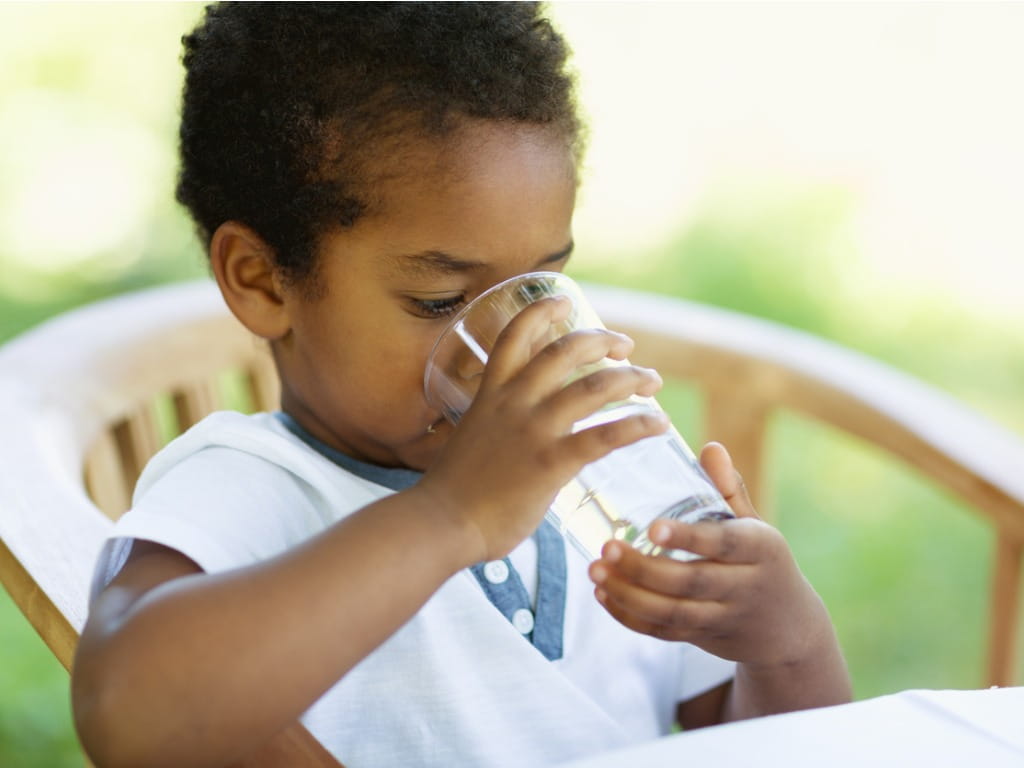Chlorine Dioxide and Sodium Chlorite Oral Rinse

The Bottom Line
Chlorine dioxide and sodium chlorite are highly reactive disinfectants used to treat public water systems. They are also low-concentration ingredients in some mouthwash products. A sip is unlikely to cause anything beyond mild irritation, nausea, and short-term vomiting. Large amounts can oxidize red blood cells, making them incapable of carrying oxygen.

The Full Story
It is common for adults and children to unintentionally swallow a small amount of mouthwash or oral rinse solution while rinsing their mouths. Sometimes a person forgets the “spit” part of “swish and spit” and they swallow them instead. The most common types of mouthwash contains alcohol or fluoride as well as breath-refreshing ingredients. Alcohol is an antiseptic, which kills bacteria and helps keep the teeth and gums healthy. There are types of mouth rinses that contain another ingredient—chlorine dioxide. Chlorine dioxide is also an antiseptic, but it does not cause a burning sensation in the mouth like alcohol. Chlorine dioxide-containing mouth rinses are often marketed for people who have sensitive mouths.
So, what is chlorine dioxide? How does it work? And how concerned should you be if it’s swallowed?
What is chlorine dioxide?
Chlorine dioxide is a gas that dissolves easily in water. It’s created by adding an acid to sodium chlorite. Both chlorine dioxide and sodium chlorite are industrial bleaching agents. They are also used as antimicrobials in some public water treatment facilities to make drinking water clear of harmful microorganisms and safe to drink. The EPA sets the maximum allowable concentration of both chlorine dioxide and its biproduct, chlorite, in drinking water. The concentration of chlorine dioxide/sodium chlorite in oral rinses is very low, usually less than 1%. This makes it a dilute solution.
How does it work?
Both chlorine dioxide and sodium chlorite are highly reactive. In scientific lingo, they are oxidizing agents. This reactivity is what makes them effective disinfectants. They react with the molecules that make up microorganisms like bacteria, viruses, and fungi and kill them.
What happens if chlorine dioxide is swallowed?
This is where the old, tried and true toxicology adage of “the dose makes the poison” comes in. Because chlorine dioxide- and sodium chlorite-containing mouth rise products are quite dilute (very low concentration), an accidental ingestion of a sip or a swallow is unlikely to cause anything beyond mild irritation. In such cases, there could be mild nausea and short-term vomiting.
The same way chlorine dioxide and sodium chlorite react with and oxidize harmful microorganisms can happen in our bodies if a large amount or high concentration product is swallowed. This was the case with products like Miracle Mineral Solution, an industrial bleaching agent that people were drinking to try to treat COVID-19. These products can oxidize red blood cells, making them incapable of carrying oxygen. This leads to two serious conditions–hemolysis and methemoglobinemia. These conditions can have dire ripple effects on other organ systems of the body.
If someone has swallowed an oral rinse product, check the webPOISONCONTROL online tool or call Poison Control at 1-800-222-1222 for guidance.
Serkalem Mekonnen, RN, BSN, MPH
Certified Specialist in Poison Information
Poisoned?
Call 1-800-222-1222 or
Prevention Tips
- Store oral rinse products in their original containers and out of sight and reach of children and pets.
- Do not transfer oral rise products into unmarked containers, or store them near food or beverages.
- Follow the manufacturer’s directions for safe use of oral rinse products.
This Really Happened
A mother of a 4-year-old boy called Poison Control for advice. Five minutes earlier, the boy had swallowed some mouthwash. He was symptom free at the time. The mother estimated that he drank one or two sips of it. Poison Control determined that the product, although alcohol- and fluoride-free, contained chlorine dioxide, which is potentially toxic. However, because the concentration in the product was low and it was a sip or two rather than a larger amount, Poison Control advised the mother to give the boy fluids to drink and to observe at home. The boy remained symptom free and no adverse effects occurred.For More Information
Mekonnen S. My child ate toothpaste. The Poison Post. 2015 Dec [cited 2021 Nov 26].
Soto P. Chlorhexidine adverse effects. The Poison Post. 2017 Jun [cited 2021 Nov 26].
References
Kishan H. Chlorine dioxide-induced acute hemolysis. J Med Toxicol. 2009 Sep;5(3):177.
Poisoned?
Call 1-800-222-1222 or
Prevention Tips
- Store oral rinse products in their original containers and out of sight and reach of children and pets.
- Do not transfer oral rise products into unmarked containers, or store them near food or beverages.
- Follow the manufacturer’s directions for safe use of oral rinse products.
